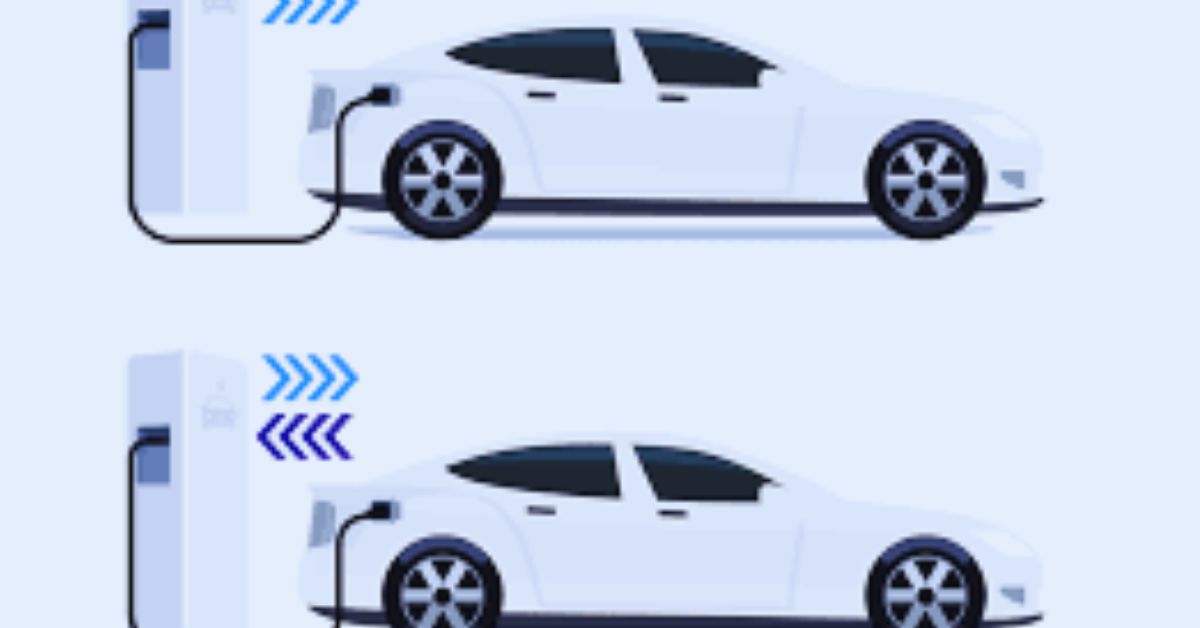As electric vehicles (EVs) continue to gain popularity, the conversation surrounding their infrastructure is evolving. One of the most intriguing advancements is bidirectional charging, a technology that promises to reshape how we think about energy consumption and vehicle usage. In this article, we will explore what bidirectional charging is, how it works, and its potential impact on electric vehicles and the broader energy landscape.
Understanding Bidirectional Charging
Bidirectional charging refers to the ability of an electric vehicle to not only receive electricity from the grid but also send it back. Traditional charging systems only allow energy to flow in one direction—from the grid to the vehicle. In contrast, bidirectional chargers facilitate a two-way flow of electricity, enabling EVs to act as both energy consumers and energy suppliers.
This technology relies on a combination of advanced power electronics and smart grid technology. By utilizing special chargers known as Vehicle-to-Grid (V2G) systems, EVs can discharge their stored energy back to the grid during peak demand times or when electricity prices are high. This feature provides an innovative solution for energy management and stability.
How Does Bidirectional Charging Work?
The process of bidirectional charging involves several components:
- Electric Vehicle Supply Equipment (EVSE): These are the chargers that facilitate the flow of electricity. Bidirectional chargers are equipped with the necessary technology to manage both incoming and outgoing energy.
- Smart Grid Integration: A bidirectional charging system requires a connection to a smart grid, which can manage energy flow in real time. This integration allows for efficient distribution of electricity based on demand.
- Vehicle Battery Management Systems: EVs come equipped with sophisticated battery management systems that monitor and control energy flow. These systems ensure the vehicle’s battery health while enabling the discharge of energy back to the grid.
When an EV is connected to a bidirectional charger, it can communicate with the grid to determine the optimal times for charging and discharging. For instance, during periods of high energy demand, the EV can feed energy back to the grid, potentially earning the owner financial incentives or credits.
Benefits of Bidirectional Charging
1. Enhanced Energy Management
Bidirectional charging has the potential to enhance energy management on a large scale. By allowing EVs to supply power back to the grid, they can help balance energy loads, especially during peak times. This reduces the need for utility companies to rely on additional, often less environmentally friendly, energy sources.
2. Cost Savings for EV Owners
Owners of electric vehicles can benefit financially from bidirectional charging. When they sell energy back to the grid during peak demand, they can receive compensation or credits on their utility bills. This can offset the cost of charging their vehicles, making EV ownership more economical.
3. Increased Renewable Energy Utilization
Bidirectional charging supports the integration of renewable energy sources, such as solar and wind. EVs can store excess energy generated from these sources during periods of low demand and discharge it back to the grid when needed. This flexibility encourages the use of cleaner energy and helps stabilize the grid.
4. Emergency Power Supply
In emergencies or power outages, bidirectional charging can provide a valuable resource. EVs can act as backup power supplies for homes or businesses, offering electricity when the grid is down. This feature is particularly beneficial in areas prone to natural disasters or grid instability.
Challenges and Considerations
Despite its many advantages, bidirectional charging faces several challenges:
- Infrastructure Development: Widespread adoption of bidirectional charging requires significant investment in infrastructure, including the installation of compatible chargers and upgrades to the power grid.
- Regulatory Framework: The legal and regulatory framework surrounding bidirectional charging is still developing. Policymakers must create guidelines that support its implementation and ensure fair compensation for EV owners.
- Consumer Acceptance: Educating consumers about the benefits and operation of bidirectional charging is essential for encouraging adoption. Many EV owners may be unfamiliar with the concept and its advantages.
Conclusion
Bidirectional charging represents a significant step forward in the evolution of electric vehicles and energy management. By enabling EVs to both consume and supply electricity, this technology has the potential to create a more sustainable and efficient energy ecosystem. As the adoption of electric vehicles continues to grow, the integration of bidirectional charging could redefine how we utilize energy and reshape our relationship with transportation. As we look to the future, embracing this innovative technology will be crucial in maximizing the benefits of electric mobility.
